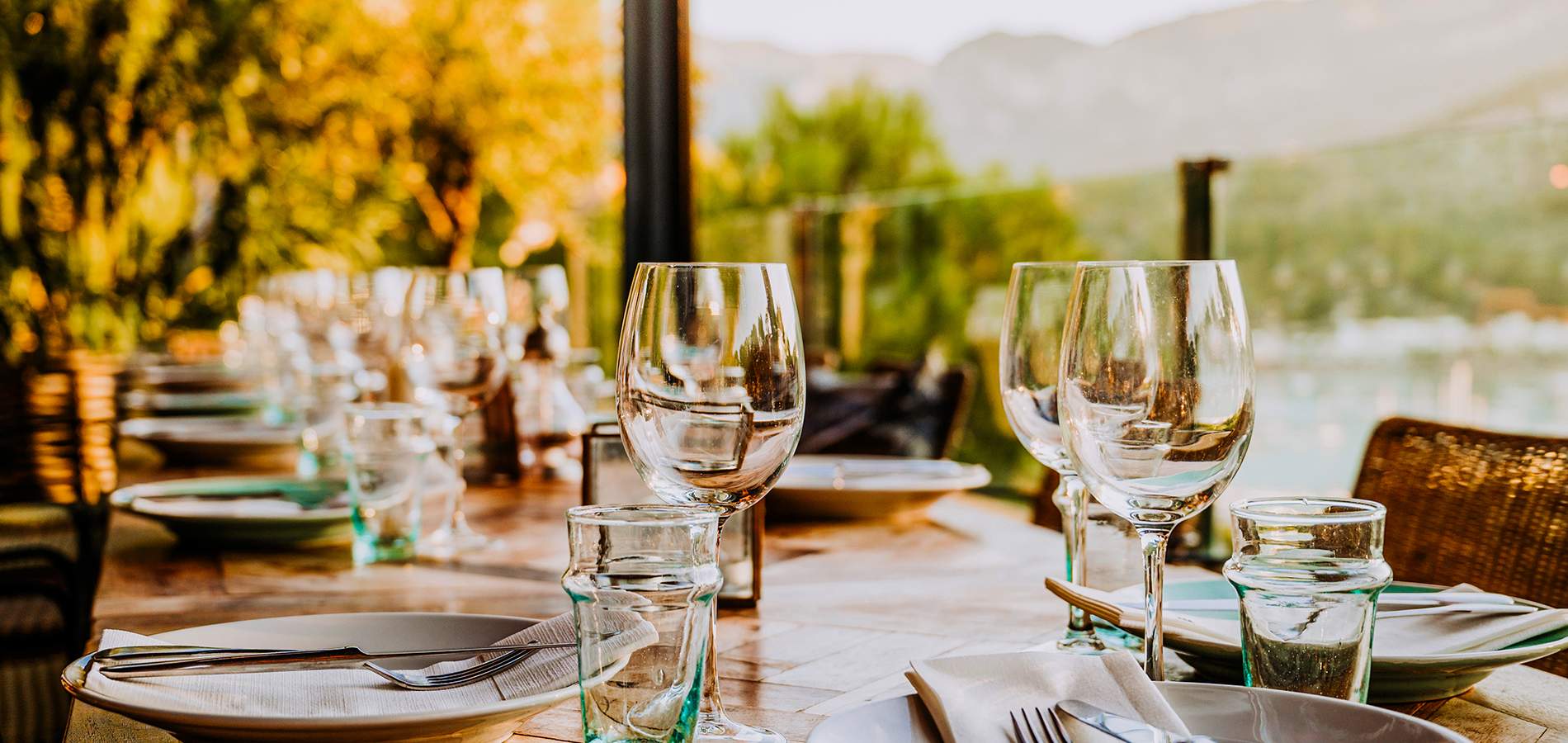Chefs and culinary enthusiasts from five different regions of Canada offer a unique perspective on how to bring these treasures from the land to the table.
From the rugged shores of the East Coast’s Bay of Fundy to the sandy beaches of the West Coast’s English Bay, Canadians are tapping into the diverse and edible natural resources of the land they live on.
Spanning almost ten million square kilometres, Canada weaves a tapestry of ecosystems, each teeming with its own unique treasures.
By Renu Chandarana

Dining on the Ocean Floor in The Bay of Fundy, Nova Scotia
Eastern Region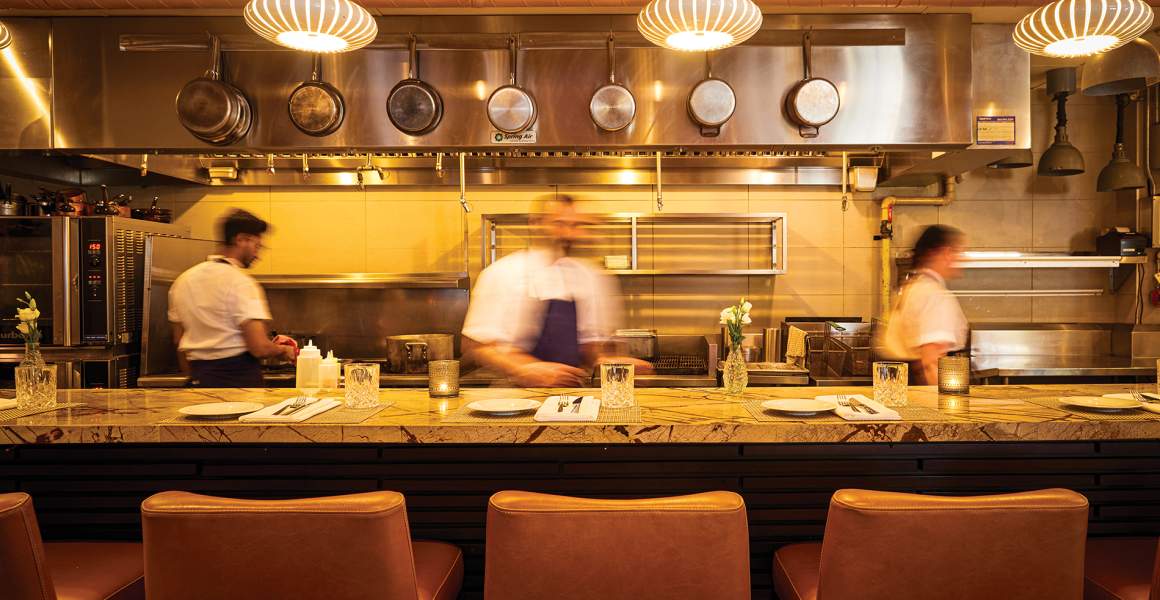
Treadwell Cuisine in Niagara-on-the-Lake, Ontario
Central Region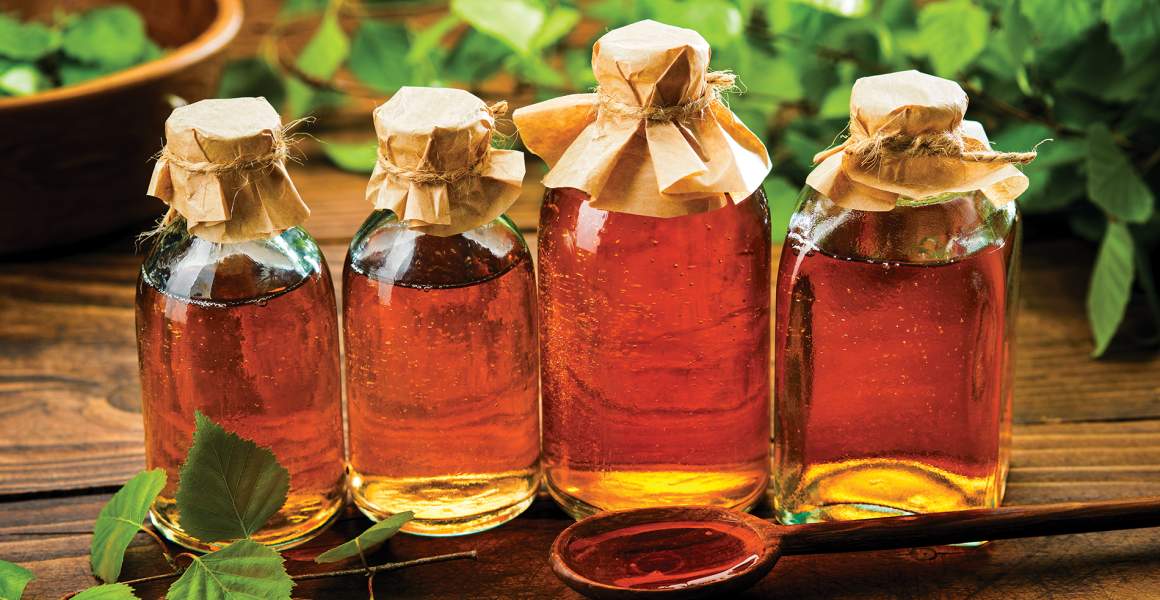
The Canadian Birch Company, Grand Marais, Manitoba
Prairie Region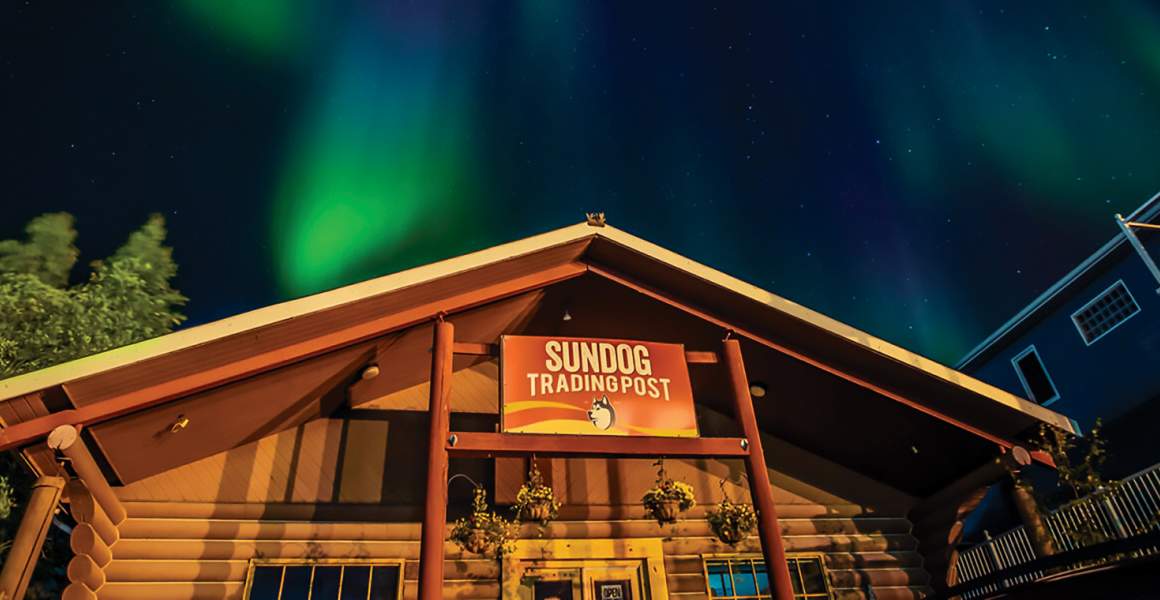
Sundog Café, Yellowknife, Northwest Territories
Northern Region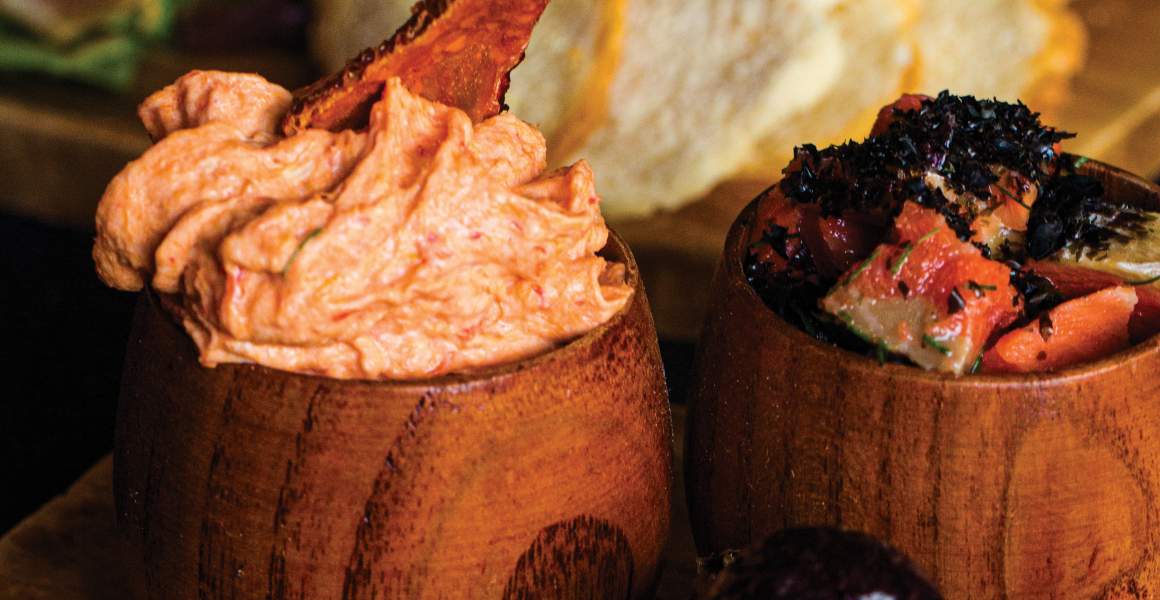
Salmon n’ Bannock, Vancouver, British Columbia
Western RegionEastern Region
Dining on the Ocean Floor in The Bay of Fundy, Nova Scotia
The Bay of Fundy, renowned for having the highest tides in the world, is one of UNESCO’s Seven Natural Wonders of North America. It is also the setting for Dining on the Ocean Floor, an upscale, boundary pushing, immersive dining concept that hosts twenty guests per booking only eight times each year.
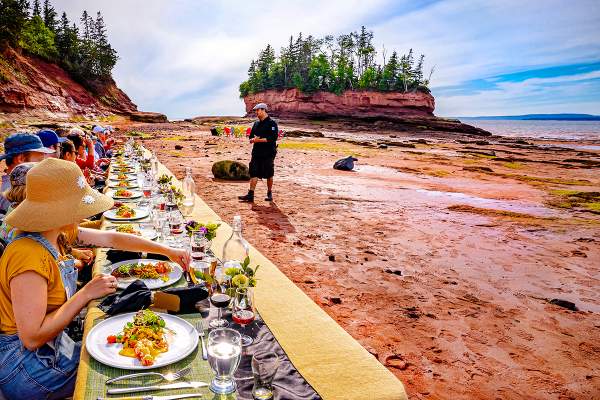
There is only a six-hour window to dine on the ocean floor of the Bay of Fundy.
Hosted by Chef Dominic Padula and his team at Food Fantastique, it literally takes place on the ocean floor at Burntcoat Head Park in Nova Scotia. Once the tides have retreated, Padula has a six-hour window to be on the ocean floor with guests. The team uses a mobile high-end kitchen that they set up on site. A meticulously curated menu showcases the finest ingredients sourced from both the land and the sea in and near The Bay of Fundy.
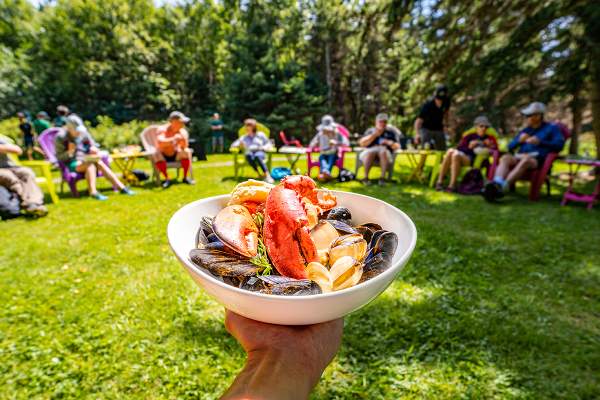
A bowl brimming with fresh, sustainable Nova Scotia seafood cooked in Tidal Bay wine (A Shore Boil)
“(The bay) provides an abundance of local lobster, mussels, clams, scallops and so many other fish,” says Padula. “They only spend a maximum of 48 hours on a fishing boat right before we cook them.” From surf and turf plates to artfully prepared vegetarian or vegan options, each dish is a masterpiece of local ingredients.
Central Region
Treadwell Cuisine in Niagara-on-the-Lake, Ontario
The 5,500 hectares of vineyards in Niagara-on-the-Lake are cornered by Lake Ontario and the Niagara River. Luscious fruit orchards and agricultural farms thrive in the fertile soil, and moderate temperatures make this region of central Canada an epicentre for growing grapes and produce.
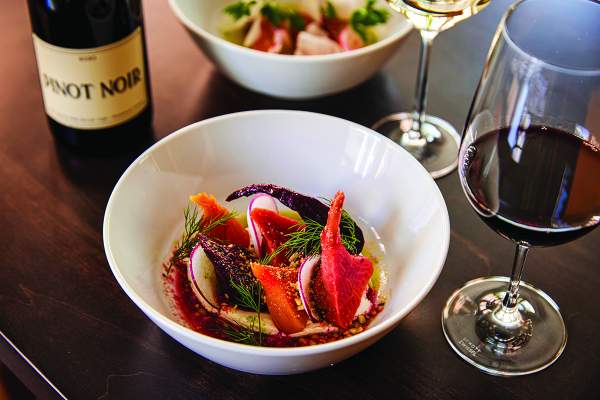
Roasted heirloom beet salad, a Treadwell Cuisine favourite.
Stephen and James Treadwell are the father and son duo behind Treadwell Cuisine, a restaurant and catering company. “Ten years ago, everyone said this wouldn’t work and that winters are dead in Niagara-on-the-Lake,” says Stephen, “but now it’s thriving—a service to collaboration and partnership.” His son James—the Sommelier—establishes relationships with local winemakers to pair with his father’s artful creations and, more notably, to curate their exclusive wine library.
“Best restaurants around the world have the best wines of the moment, as well as the best wines from decades past. The high acidity wines from this region age well. Some wines going back to the ‘90’s are still so fresh but nuanced. Only a handful of restaurants can offer that experience to their guests.” says Stephen. The Treadwell’s value quality more than quantity and foster organic and biodynamic practices with a commitment to sustainability.
Prairie Region
The Canadian Birch Company, Grand Marais, Manitoba
The Canadian Birch Company, owned and operated by Glenda and Rory Hart, is located just on the edge of the boreal forests of Manitoba. While still technically a part of the Prairie region of Canada, more than three-quarters of Manitoba is also part of the Canadian Boreal region. Birch trees in this forest can be tapped for sap and turned into a sweet, amber syrup.
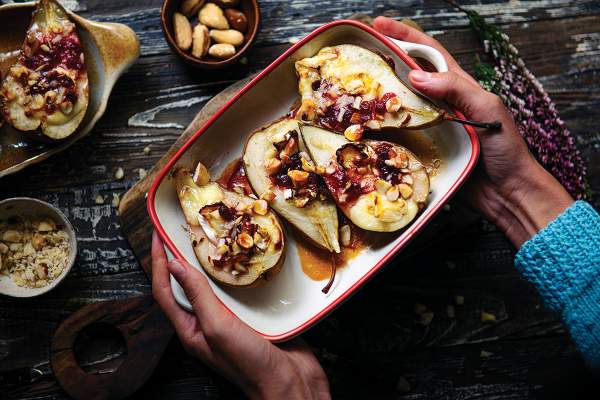
Pears baked with cheese, walnuts, jam and birch syrup.
Through the process of reverse osmosis, the Hart’s turn 150 units of birch sap into one unit of birch syrup. Maple syrup produces a much higher yield at 40:1, making birch syrup a lot more exclusive and sold in smaller batches. Birch syrup is used sparingly as a finishing touch, or like vanilla, is used in baking—it brings out the flavours of other ingredients in a dish.
“It’s used as a culinary tool,” says Glenda. “It helps pull everything together.” They produce light, amber and dark varieties of birch syrup that each offer a different depth of flavour.
Northern Region
Sundog Café, Yellowknife, Northwest Territories
Yellowknife offers an adventure into nature’s pantry. The world of foraging uncovers the rich tapestry of wild herbs and edible plants that grow in the region. Chef Calvin Rossouw uses the plants’ unique flavour profiles to create delectable gourmet ice cream at Sundog Trading Post Café.
In 2021, he opened the café side of the Sundog Trading Post—an adventure tourism company. When COVID-19 shut the tourism side of things down, Rossouw began unleashing his creativity. Ice cream flavours lean heavily on nature. “You can easily walk out into the forest and eat what you find there,” says Rossouw. “Neighbours will forage and bring me what they find.”

Ice cream flavours are created using plants and berries.
Flavours are created using plants and berries such as wild rhubarb, mint, low bush and high bush cranberries, and the highly respected Labrador tea leaves—a small and fragrant plant that is known in Indigenous communities for its healing properties. The Sundog Trading Post Café represents a harmonious blend of culinary creativity and Northern charm.
Western Region
Salmon n’ Bannock, Vancouver, British Columbia
The Fraser River, a lifeblood of the Lower Mainland, is the largest sockeye salmon producer in the world and a major producer of pink, chum, chinook, coho and steelhead salmon.
Restaurateur Inez Cook unexpectedly bonded with local salmon when she opened the first-of-its-kind Indigenous restaurant, Salmon n’ Bannock in 2010. When Inez was going through a difficult time in her life, she hit the road to Kelowna. Bleary-eyed and distraught, she saw a sign in a restaurant window that said, “Don’t panic! We have Bannock!” One bite of the Bannock and Inez found the answer to healing her spirit. Inez, a victim of the Sixties Scoop, was raised in a non-Indigenous household by foster parents. The Bannock transported her back to her biological family.
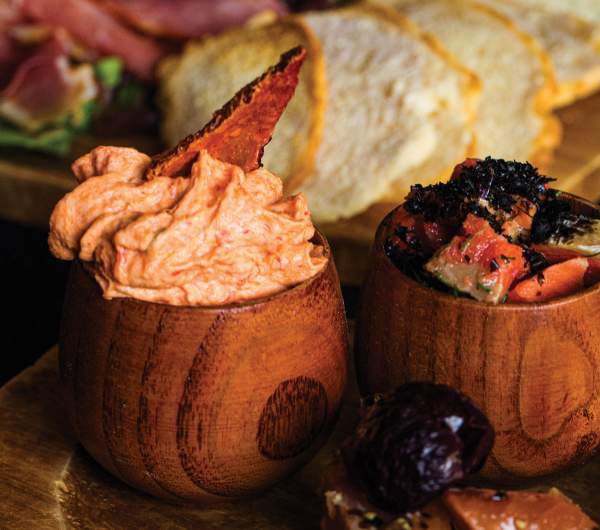
Seafood and fish used in recipes are wild and caught off the coast of BC.
Guided by her community, she began showcasing the rich culinary traditions of Canada’s Indigenous peoples—made and served by an all-Indigenous staff. Inez offers dishes such as Pemmican Mousse, Candied Salmon and Smoked Sablefish. “I ask my staff what they ate growing up and what foods are meaningful to them. I see this restaurant as a platform for the over 200 nations in BC to have a voice.”

From land to table, the diverse and abundant culinary landscape of Canada is enriched by its different regions. The array of foods sourced from coast to coast to coast, proves that Canadian food is a fusion of its histories and its landscapes. ✈
Your favourite Canadian culinary region awaits.
Photos courtesy of BC Content Hub, Food Fantastique, Indigenous Tourism BC, Salmon n’ Bannock, Sundog Trading Post Café and Treadwell Cuisine.
